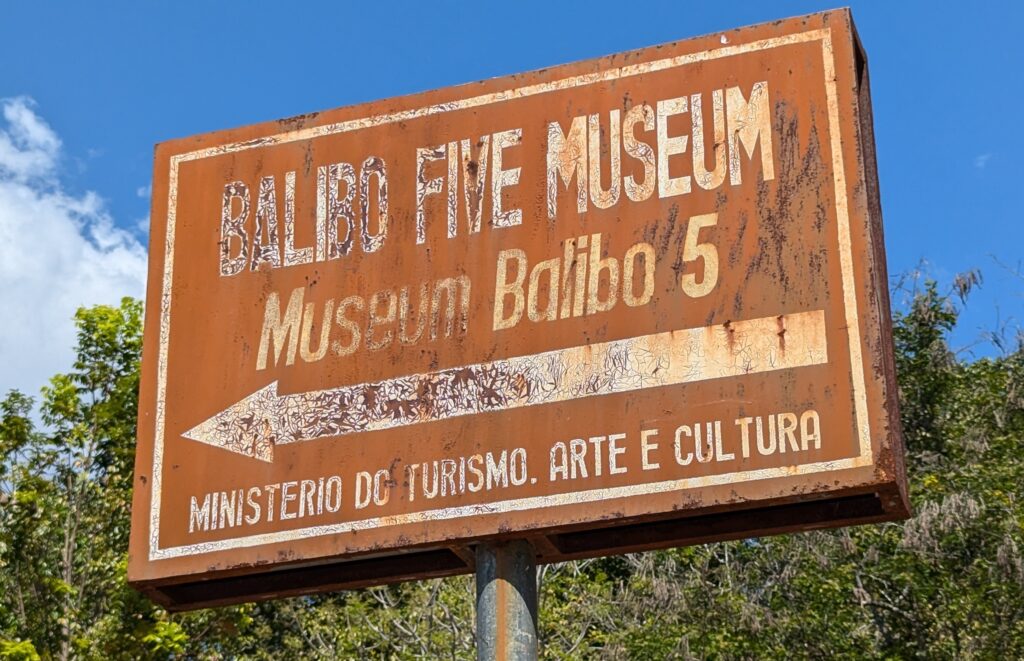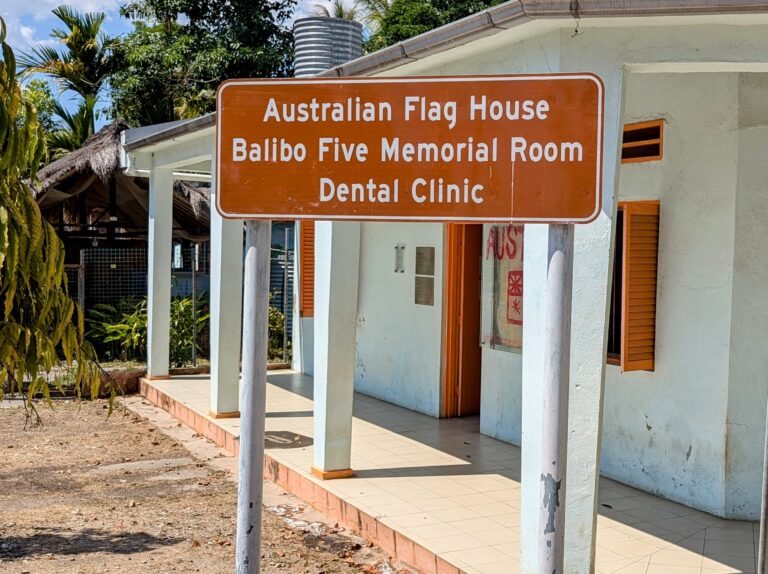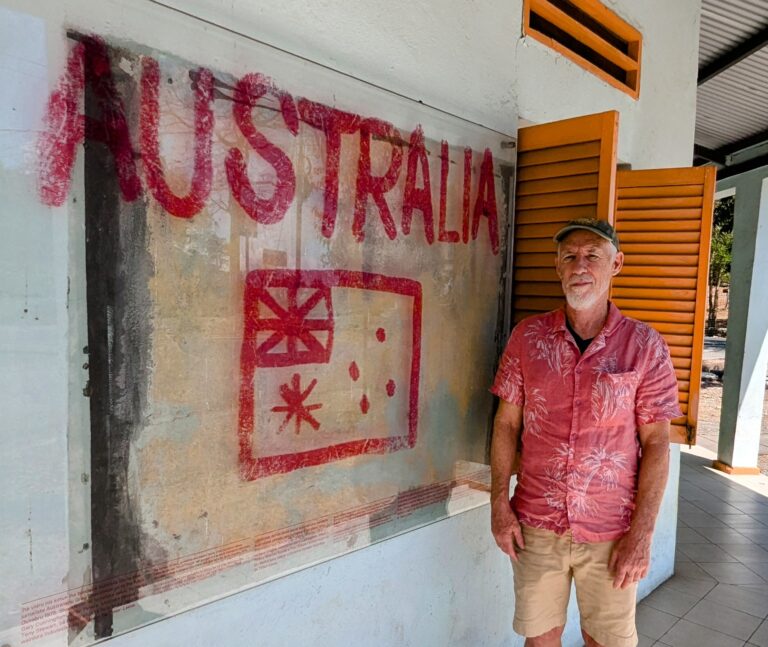Timor Leste (East Timor)
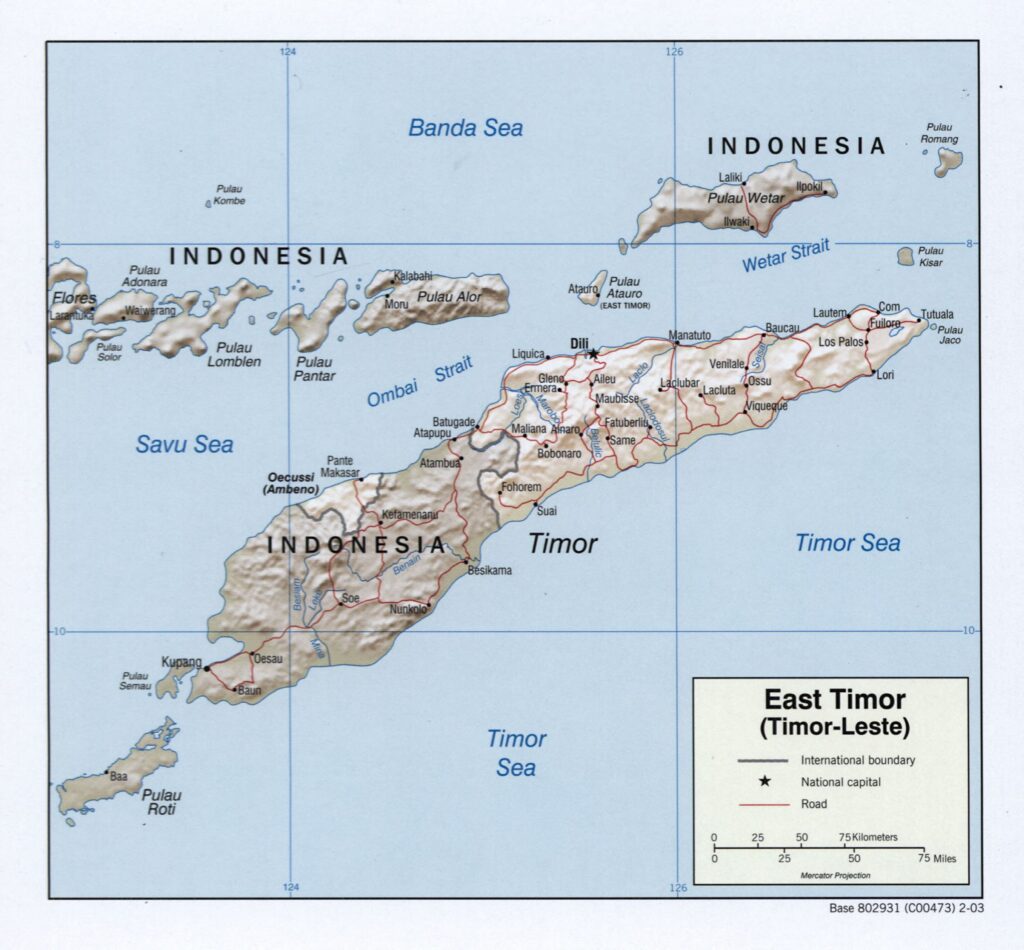
In November 2024, I visited Timor-Leste (aka East Timor) to see a former student, Jorge Guterres, at the National University of East Timor. Timor-Leste, a former Portuguese colony, is one of the two Christian-majority nations in Southeast Asia, alongside the Philippines. The country is predominantly (like 97%) Roman Catholic, and I arrived just after a Papal visit. A tough act to follow.
Timor-Leste is one of the world’s youngest nations, gaining independence in 2002 after a long, bloody conflict with Indonesia. Following the departure of the Portuguese in 1975, it enjoyed a brief period of independence before an Indonesian invasion led to a brutal occupation that lasted until 1999. And when it did leave Indonesia destroyed 80% of the country’s physical infrastructure as a parting gift. It’s estimated that 150,000 Timorese, around 15-20% of the population, died during the occupation—one of the highest proportional losses in the 20th century.
The world turned a blind eye for most of occupation, as nations like the US, Australia, and Japan prioritized commercial ties with Indonesia.
Today, Timor-Leste remains one of the poorest countries globally, but its people are proud, open and welcoming.
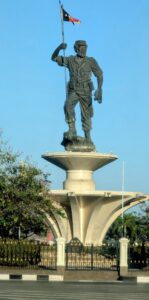
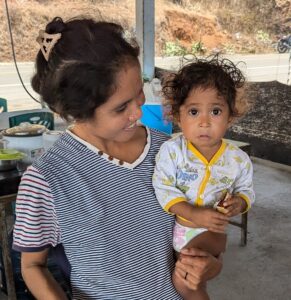
Portugal left Timor in 1975 and the independent nation of Timor Leste was born. It lasted a month before the Indonesian army marched in and the country was “annexed”. 90% of Indonesia’s military hardware was supplied by the US. At the outset of hostilities five journalists from two Aus TV stations were executed in the border town of Balibo. The case of the Balibo 5 (two Aussies, a Brit, a Scot and a Kiwi) was never seriously taken up by the Aus government, who was more interested in good relations with Indonesia. This would remain the case for most the occupation. According to Australian PM Paul Keating (1991-1996) Timor Leste was just a speed bump in Aus-Indonesian relations. Shameful.
